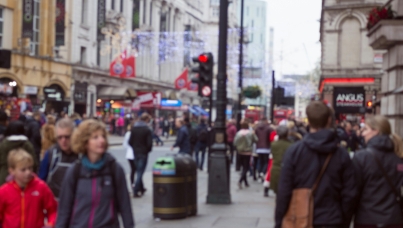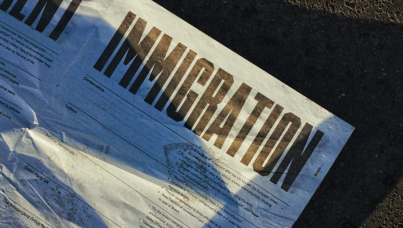HMRC - Tax relief for museums and galleries: qualitative research
What is this about?
HMRC commissioned Ipsos to undertake this research to explore the industry-wide view of the impact of The Museums and Galleries Tax Relief (MGTR). The MGTR was made available from 1 April 2017. The relief allows eligible museums and galleries to claim back a percentage of their exhibition production costs. Organisations can claim up to £80,000 on qualifying static exhibitions, and up to £100,000 for qualifying touring exhibitions. The relief aims to encourage the creation of more and higher quality exhibitions, as well as to support touring of the best exhibitions across the country and abroad. The relief was introduced with a sunset clause and is due to expire in 2022.
This research aimed to provide an industry-wide view of the impact of the relief. It also aimed to draw out the experiences of individual organisations, including:
- the positive impacts the relief has had
- barriers to uptake
- an exploration of why non-claimants are not claiming
Methodology - This was a qualitative research project, comprising of two stages:
An initial scoping phase was carried out, comprising six interviews with sector stakeholders. These were drawn from a list provided by HMRC. The aim of the stakeholder interviews was to deepen our understanding of the sector, including the distribution of different types and sizes of museums and galleries.
The mainstage of research comprised a total of 35 in-depth interviews carried out with organisations that met the criteria to be eligible for MGTR. Members of staff were recruited on the basis that they had involvement in the financial affairs of the organisation and would be responsible for dealing with tax reliefs or similar schemes. Where possible, they also had some sight of exhibition planning. Of the organisations that participated, 20 had claimed the relief and 15 had not. All interviews were carried out by members of the Ipsos research team between 10 November and 15 December 2020. Interviews were conducted by telephone and were around 45 minutes in length.
Key findings
Impact of the MGTR:
- MGTR has been hugely beneficial for organisations that have claimed it, enabling them to increase the number of exhibitions shown, increase the quality and accessibility of their exhibitions, and increase touring of their exhibitions.
- Moreover, it has had an impact at an organisational level, enabling future investments including upgrading infrastructure, hiring and retaining more staff, and accessing other opportunities for funding. It has also enabled development of community engagement.
- However, participants perceived that take up of the relief had been slow. As a result of this and the long lead time involved in planning exhibitions, it was felt that the full impacts will take some time to be seen.
Barriers to claiming the MGTR:
- Currently, a lack of awareness and understanding is the biggest barrier to claiming. In light of that, if uptake is to increase, it is vital to increase awareness and understanding of MGTR, particularly in terms of who can claim, and how to start the process. Those non-claimants who were unaware of the tax relief or that they were eligible to claim wanted simple information about eligibility and what they need to do to make a claim. The most important element for any communication was that it must be immediately clear who the relief was for, otherwise it would likely be overlooked.
How participants thought the MGTR could be improved:
- Participants felt that MGTR could also be improved by removing some of the restrictions on eligible exhibitions, to reflect the diverse, and shifting nature of the exhibitions sector. This would make the process more straightforward and allow more exhibitions to benefit, particularly those using innovative and unusual methods. Simplifying the process was felt to be of vital importance, to increase accessibility for those organisations without the financial wherewithal to navigate the claim.
- The removal of the sunset clause was perceived to be an important step to increase uptake. This is because organisations would be more likely to make necessary administrative and structural changes required to claim, if they had assurance that this would be worthwhile, as they would be able to continue claiming in subsequent years.
- Finally, raising the level at which the relief is capped would allow organisations to benefit even more, though they understood that there would need to be a cap at some level.



